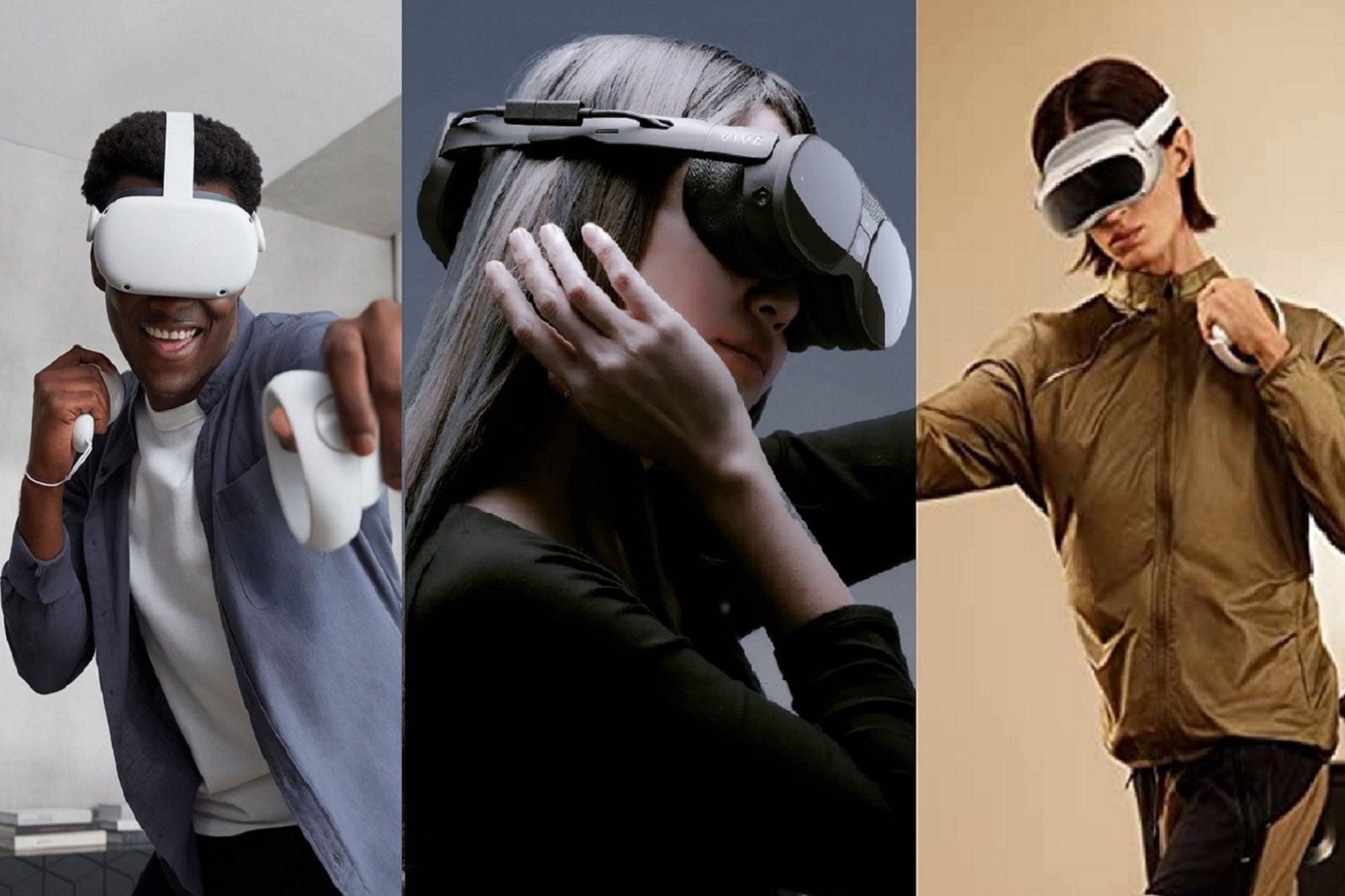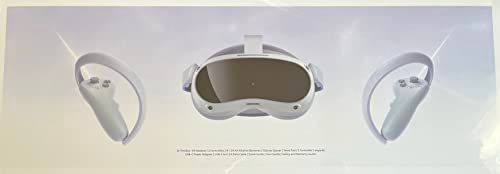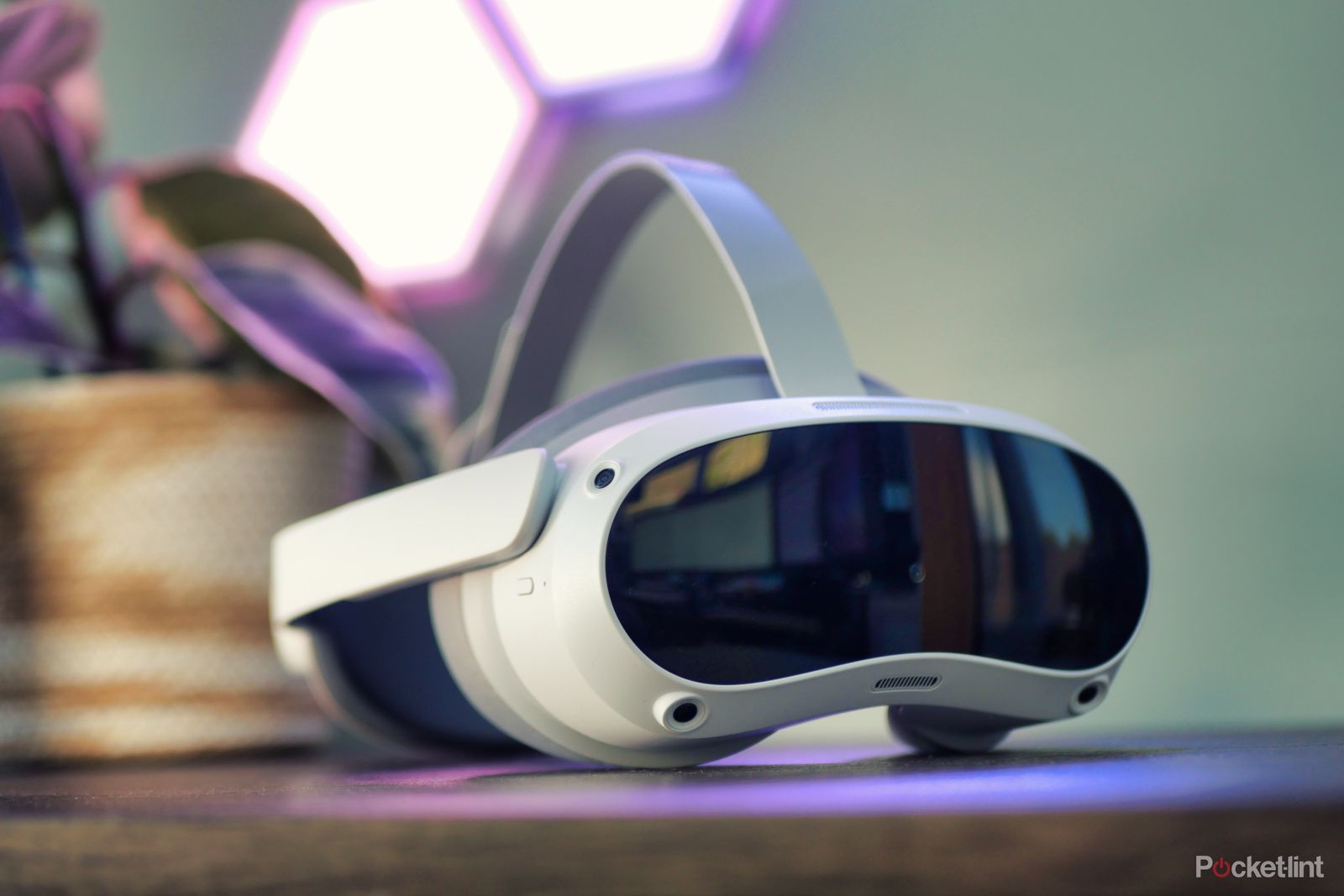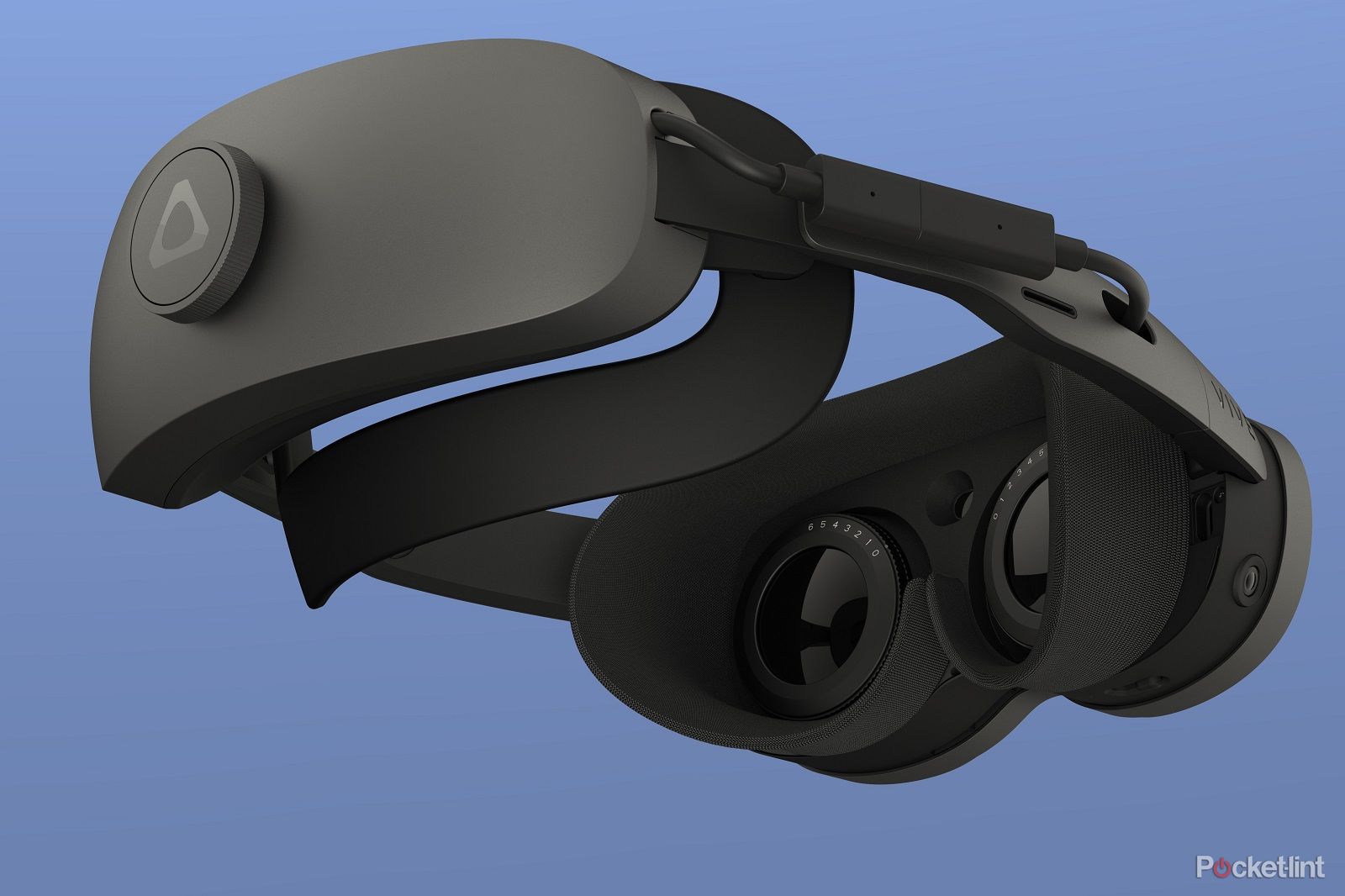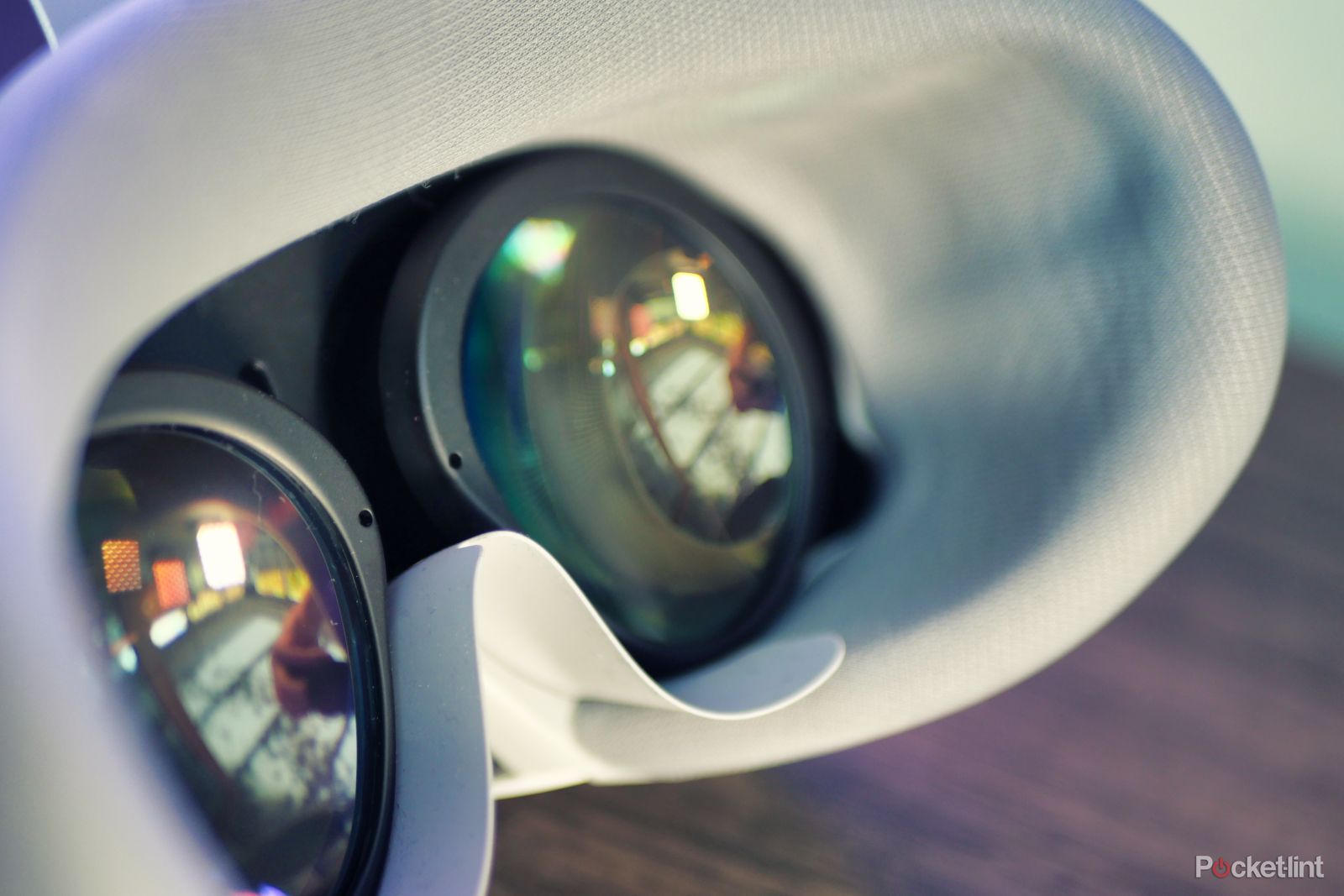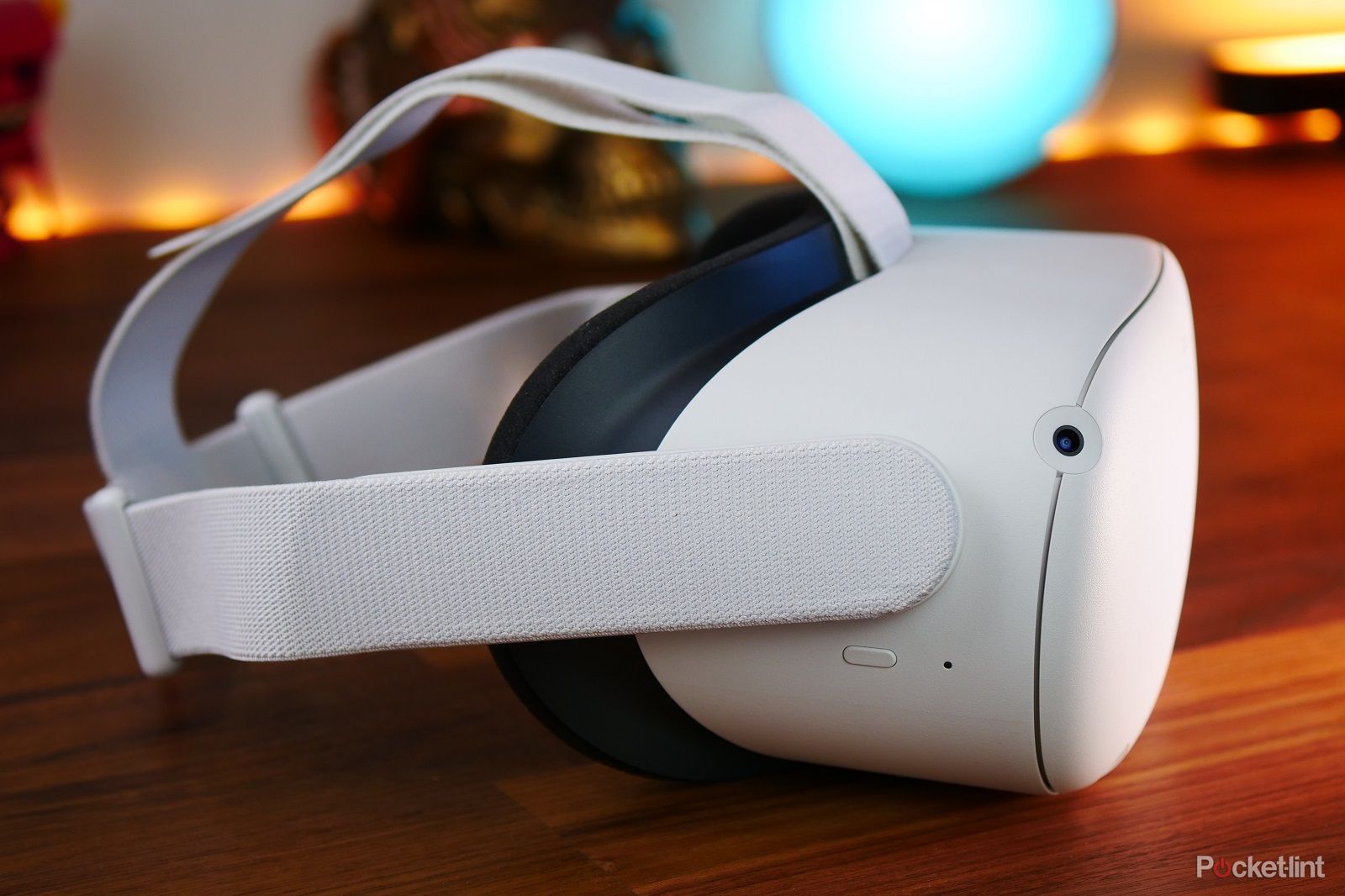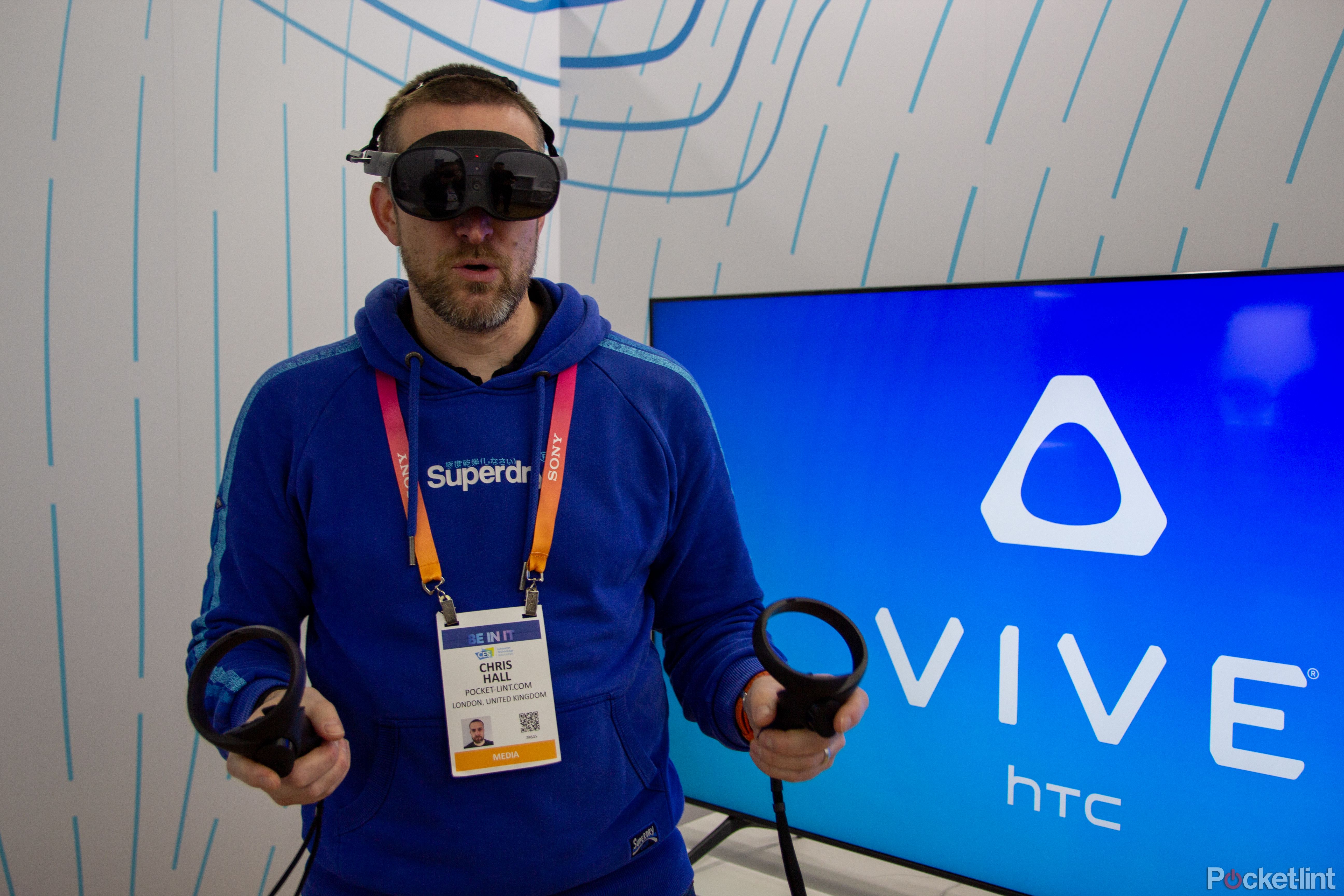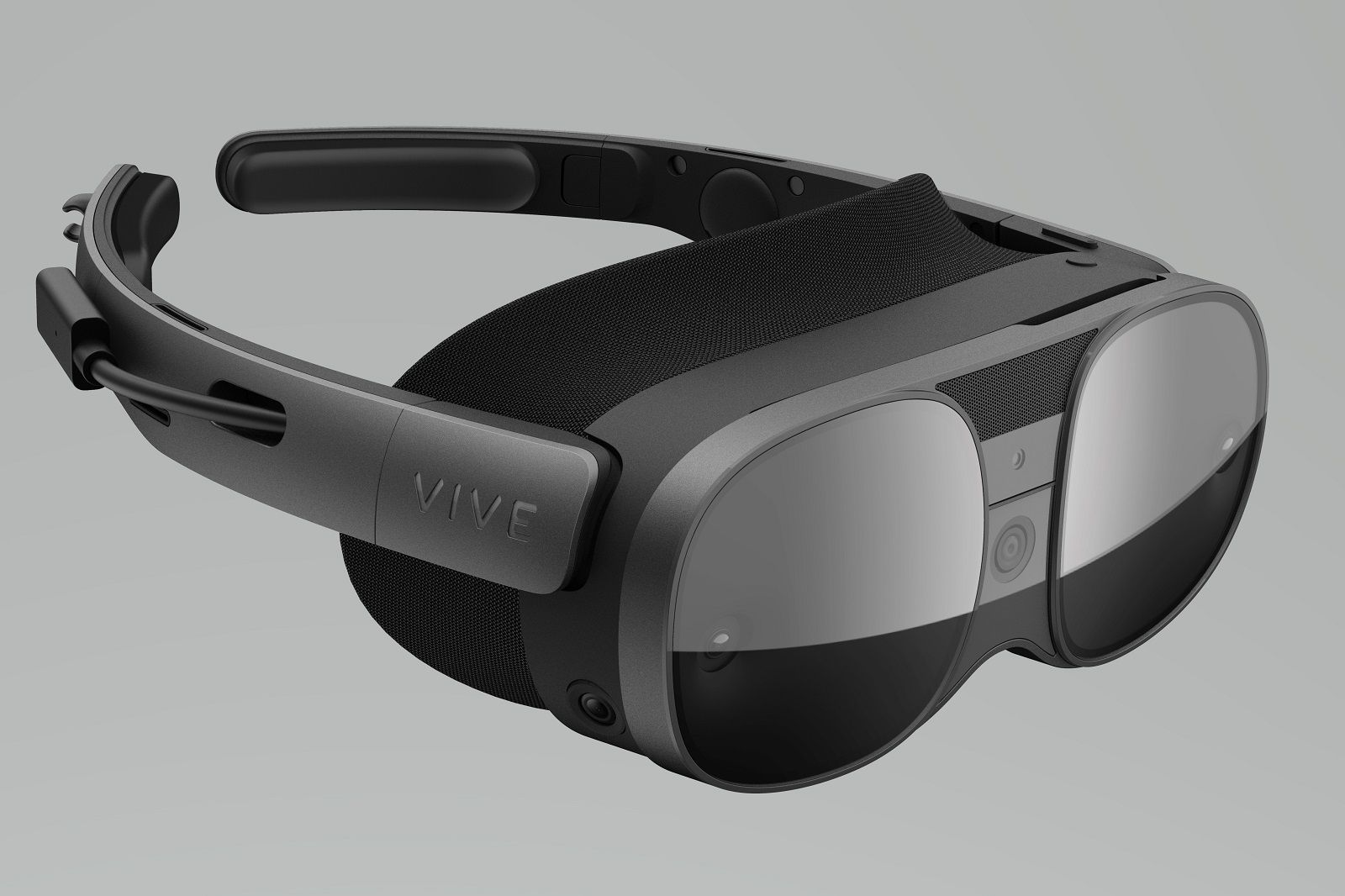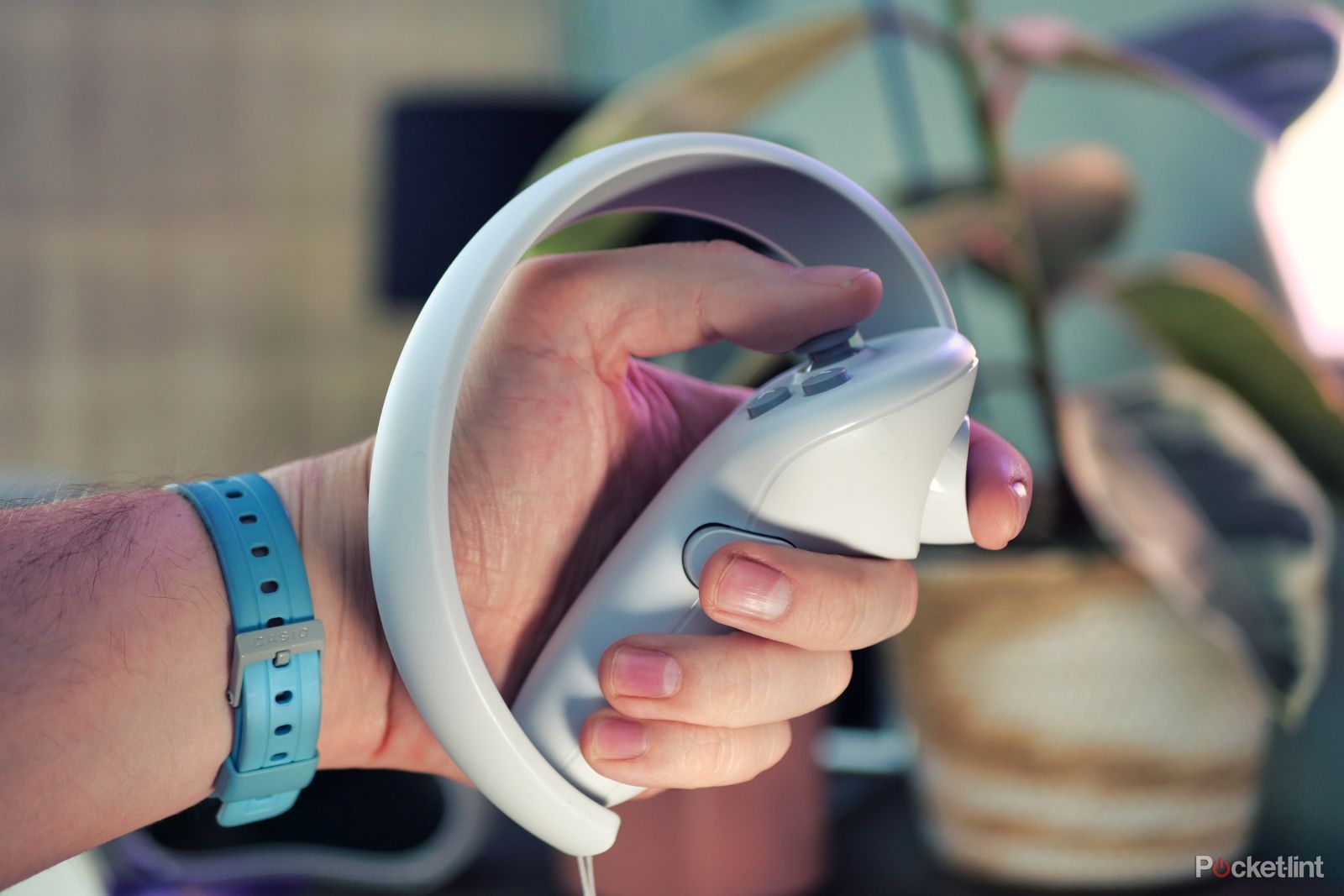The number of standalone virtual reality headsets is on the rise, which is certainly good news for VR fans. Though if you're shopping around for a new headset it might be tough to work out which one is right for you.
The Meta Quest 2, formerly known as the Oculus Quest 2, represented a bit of a paradigm shift in the VR space. It's without a doubt the most popular VR headset in the world, and it's the first headset to properly break out of the niche enthusiast realm and into the mainstream.
For a long time, the Quest 2 was without true competition, being one of the only affordable standalone VR headsets on the market. However, that's something that has changed with the launch of the Pico 4.
Interestingly, Pico is a subsidiary of ByteDance, the company that owns TikTok. So both headsets are products belonging to social media giants, and it's safe to assume both have their sights set on creating the ultimate metaverse experience.
In the meantime, HTC has launched the HTC Vive XR Elite, which is essentially a cross between the HTC Vive Flow and the Vive Focus 3 and a potential competitor in its own right. At least with one caveat - the price.
But which is the best of these headsets? Read on to find out the differences.
Design
- Pico 4: White finish with black front, Elite-style rigid strap, motorised stepless IPD adjustment
- Meta Quest 2: White finish, Cloth straps, flip-up visor, manual IPD adjustment with 3 settings
- HTC Vive XR Elite: A black headset with modular design, headband without straps, adjustable IPD and Integrated Diopters
Both the Pico 4 and Quest 2 headsets have a fairly similar aesthetic, with predominantly white chassis and smooth curves used throughout. The most obvious differentiator is the glossy black front panel found on the Pico 4, which kind of makes the headset look like a pair of futuristic ski goggles.
The Quest 2 ships with basic fabric head straps, and Meta sells a rigid version with an extended battery pack for an additional $119/£109. Meanwhile, the Pico 4 comes with a rigid strap that resembles the Quest's upgraded Elite strap at no extra cost.
The Pico 4's battery is placed at the rear of the head strap allowing for better weight distribution, whereas the Quest 2 keeps all the hardware up front. This means that there is less weight on your face with the Pico design, resulting in a more comfortable experience.
The HTC Vive XR Elite meanwhile breaks the standard in some ways it doesn't have a top head strap like the two other headsets, making it potentially more suitable for various different hairstyles. Like the Pico 4, the Vive XR Elite is intelligently designed with the battery at the rear to help with balance and comfort.
Unlike the other two headsets though, the HTC Vive XR Elite is also unusual in its design because the rear can be removed. With this headset, you can remove the battery and connect extra arms to the headset that adds some wrap-around grip.
In this mode, you can use the Vive XR Elite in similar ways to the Vive Flow. In other words, it can be used for private content viewing, like watching Netflix on your own. You can also plug in a USB-C power pack when in this mode.
The Vive XR Elite also has a swappable battery design, so you can have one on charge and switch it out when you need to, rather than having to stop playing in order to plug it in for a charge.
IPD range and display tweaks
- Pico 4: Motorised IPD adjustment from 62-72mm
- Meta Quest 2: Three-stage IPD adjustment between 58, 63 and 68mm
- HTC Vive XR Elite: IPD adjustment between 54 to 73mm
The Quest 2 has a three-stage IPD adjustment that is handled manually by pushing the lenses into three preset positions. The IPD adjustment on the Pico 4 is motorised and is accessed from within the system menu. It's a sleeker and more modern solution on the Pico, but whether it matters or not is down to the individual. If your IPD measurement falls between the Quest's presets, you'll no doubt be extremely pleased with the Pico 4's granular control.
The Vive XR Elite has a manually adjustable IPD slider and built-in sensor to ensure the right setup for your eyes. It has an adjustable IPD range between 54 to 73mm, the widest range of all three headsets. The HTC headset is unique thanks to its Integrated Diopters which allow the display to be adjusted to suit the needs of spectacles wearers. Usually, if you wear glasses you have to cope with two lots of glass that can get steamed up or scratched. This is no longer the case.
Hardware and battery
- Pico 4: Qualcomm Snapdragon XR2, 8GB RAM, 128GB/256GB internal storage, 5300 mAh battery
- Meta Quest 2: Qualcomm Snapdragon XR2, 6GB RAM, 128GB/256GB internal storage, 3640 mAh battery
- Vive XR Elite: Qualcomm Snapdragon XR2, 12GB RAM, 128GB internal storage, 2 hours worth of battery power
All three VR headsets run on Qualcomm's Snapdragon XR2 platform in their standalone modes, so performance should be very similar.
The Pico 4 has a bit of an advantage over the Quest 2 though, with its 8GB of RAM compared to the Quest's 6GB. While the Vive XR Elite boasts 12GB making it the most powerful of the bunch.
The Pico 4 and Quest 2 have 128GB or 256GB of internal storage, while the Vive XR Elite has just 128GB.
The Pico 4 has a larger battery pack than the Quest 2 but, in real-world usage, both headsets will give you around 2-3 hours of playtime. The same is true of the Vive XR Elite, though that one does have the advantage of a swappable battery design for continued play.
All the headsets can be boosted by external battery packs if you need some more playtime, and a range of specially designed battery accessories are available.
All three of these VR headsets can also be tethered to a PC in different ways and you can stream content to them as well. Doing so offers a potentially better experience, especially when wired, as this means the processing power is handled by the PC and the battery will last longer. You can access more games this way too, with Steam and PCVR games being readily available with ease.
Visuals and controllers
- Pico 4: 2160 x 2160 per eye at up to 90Hz, pancake lenses, 16MP colour passthrough camera
- Meta Quest 2: 1832 x 1920 per eye at up to 90Hz, fresnel lenses, monochrome passthrough camera
- HTC Vive XR Elite: 1920 x 1920 pixels per eye, 90Hz refresh rate, pancake lens, 110-degree FOV, 16 MP RGB camera
The Pico 4 has the highest-resolution display of these headsets. So content should appear sharper on this headset. Both the Pico 4 and the Vive XR Elite also use pancake lenses, so should be less susceptible to flaring and have better clarity towards the edges of the frame when compared to the fresnel lenses on Quest 2. Pico says it offers a 105-degree field of view, but we weren't able to find a comparable statistic for Quest 2. In our testing, we found the FOV to be a little wider on the Pico 4.
All these headsets have a 90Hz refresh rate as standard leading to a smooth and eye-pleasing experience. Though the Quest 2 also offers support for a higher 120Hz refresh rate in some experiences.
The Pico 4 has a full-colour pass-through camera, which you can enable to see your surroundings without taking off your headset. It's better than the monochrome camera on the Quest 2, but it's still not very high quality. At the time of writing, neither headset is able to use this camera for mixed reality experiences, but Pico says MR experiences are planned.
The Vive XR Elite has four wide tracking field of view cameras along with a depth sensor and RGB camera on the front, so you've got a good mix of VR and MR cameras to account for whatever you're doing. HTC also says that the passthrough cameras on this headset are good enough to see the text on your phone while still wearing the headset, which is a testament to the quality. This is more than just a VR headset as the camera setup is not only designed for inside-out tracking but also for XR and MR experiences.
Both the Quest 2 and Pico 4 headsets come with wireless touch controllers, and both controllers have very similar button layouts. They both feature joysticks, grab buttons and triggers in similar locations. Both utilise rings to track their location, too, but the rings are implemented quite differently.
The HTC Vive XR Elite meanwhile has the same controllers as the Vive Focus which is no bad thing as these controllers are well-balanced and designed to fit comfortably in the hand with ergonomic button placement and touch sensors too.
Along with the controllers, the Quest 2 offers some hand and finger tracking that works in menus and in some apps. This depends on the developers but it has improved over time since the launch and is surprisingly good.
HTC says that the Vive XR Elite is also able to offer hand tracking in apps and various VR experiences, but again it will likely depend on the developers.
Pricing, software and verdict
- Pico 4: 128GB €429 / £379 - 256GB €499 / £449
- Meta Quest 2: 128GB $399 / €449 / £399 - 256GB $499 / €549 / £499
- Vive XR Elite: €1,399 / $1,099 / £1,299
The Pico 4 has a slightly lower MSRP than the Quest 2, however, it's not coming to the US just yet. At launch, the Pico 4 is coming to thirteen European countries along with Japan and Korea. So, depending on your location, that fact may have made your decision for you.
If you're in a supported region, the Pico 4 is definitely the superior hardware. It has better visual fidelity, a more comfortable design, more RAM and comes at a lower price point. That sounds like the obvious choice, right? Well, there's a little more to the story.
Where Meta Quest 2 really shines is with its software and massive library of games and applications. Pico is new to the standalone VR market and has a comparatively small library.
The HTC Vive XR Elite is certainly the most expensive of the bunch. HTC says this is largely down to privacy. The company will not sell your data in order to recoup money on sales, so it's more expensive to account for that. There's also no eye, face or lip tracking on this headset, so you can be sure that what you're doing stays private.
HTC has also always been good at creating solid, high-quality VR headsets so we're expecting the same here but the price tag may well put many off. HTC does have access to some games and apps via HTC Viveport directly on the headset but also access to more via Viveport on your desktop along with SteamVR.
If you're planning to use the headset with a gaming PC, either wirelessly or tethered, then standalone game libraries become much less of a concern, and we think the Pico 4 might be the best option for the price.

